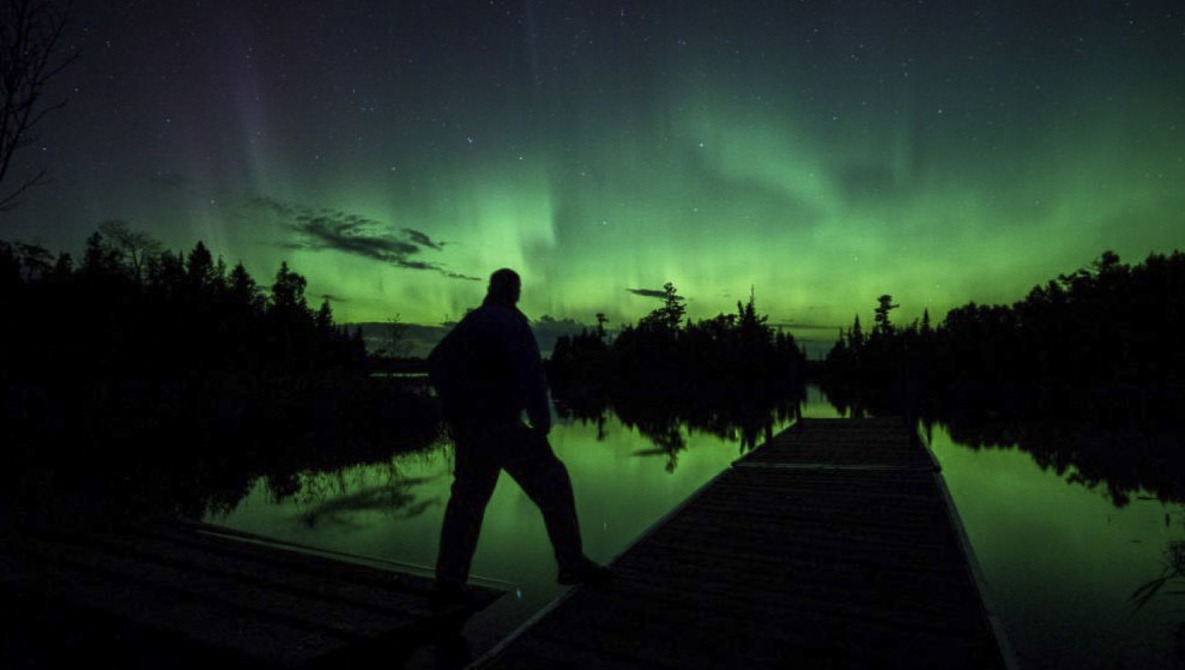This past week, Minnesota-based Photographer Rich Hoeg had the opportunity to photograph the aurora over Stewart Lake in Two Harbors, Minnesota. Hoeg describes himself as an enthusiast photographer with a love of photographing birds.
Hoeg got his start in photography in 2014 with a year long project documenting birds. Four years later, he is proving you don’t have to spend your life savings on the latest and greatest in camera gear to capture fantastic images.
Currently Hoeg uses his Canon SX60 for bird photography and his Sony a6000 for more landscape orientated images. For the Stewart Lake aurora set he stuck to the Sony a6000 and a Rokinon 12mm lens.

Hoeg wrote a great article discussing how he shot each image with tips for photographers wanting to explore auroras photography. One of my favorite parts of the blog is the timeline which shows the different views one can get in just a few minutes of capturing an aurora.
Hoeg takes note of how he frequently updated his camera settings as he continued shooting to achieve the exposures he was aiming for. Worth noting and something photographers sometimes forget in the heat of shooting is to keep an eye on their ISO, while photographing at night especially. He began at an ISO of 3,200 and an exposure of 4 seconds with an aperture of f/2, but bounced the ISO down to 1,600 for a longer 8-second exposure. My recommendation is for each photographer to know the limits of their camera and how high they can push it for what they think is acceptable noise.

To read and see all of Hoeg's aurora photos from this week make sure to check out his blog. He also has a great resource page for interested parties to learn more about predicting when the northern lights will make an appearance.
Images used with permission of Richard Hoeg.






